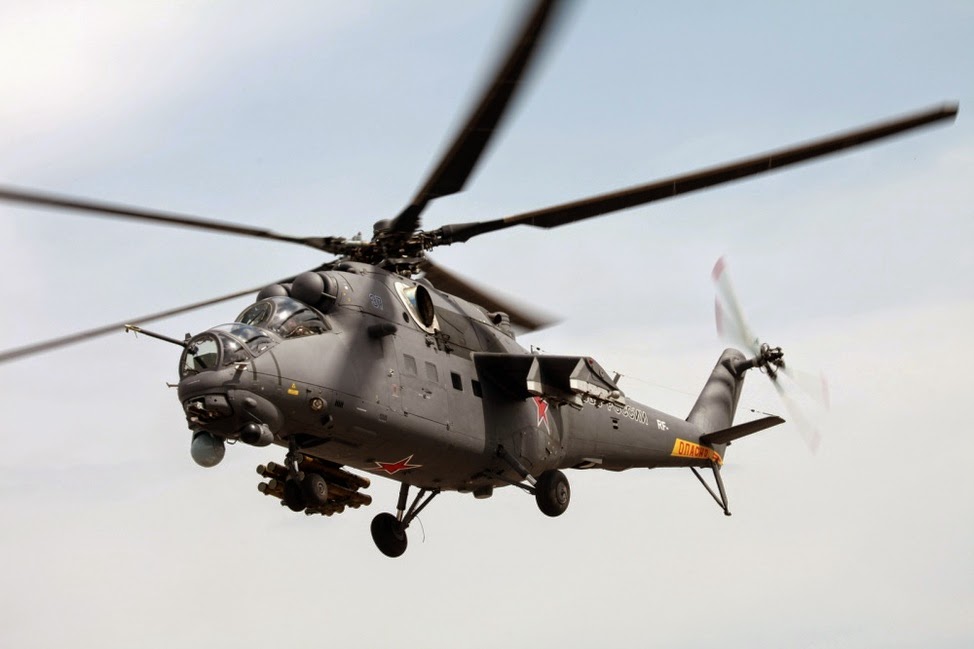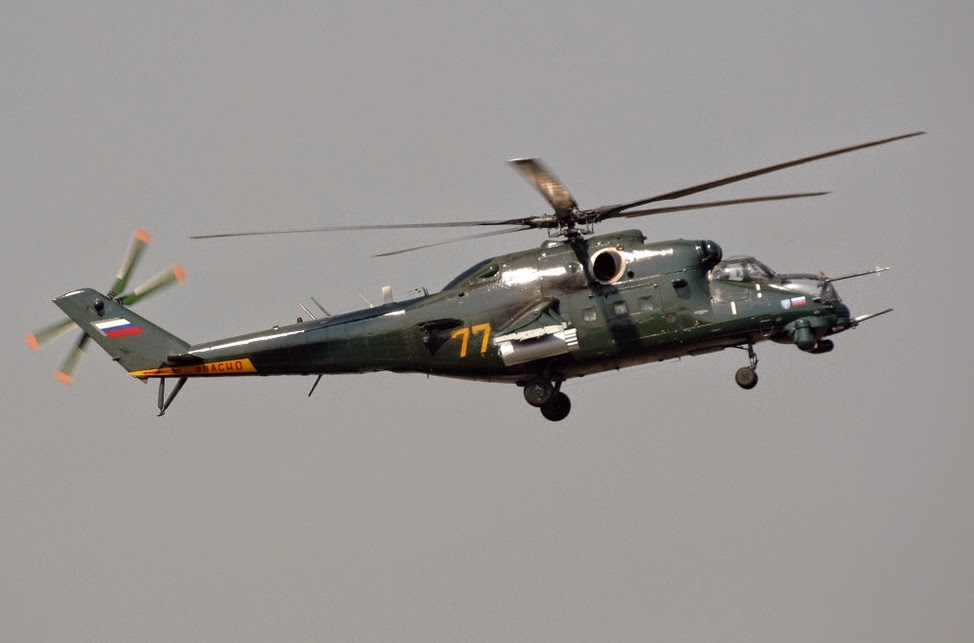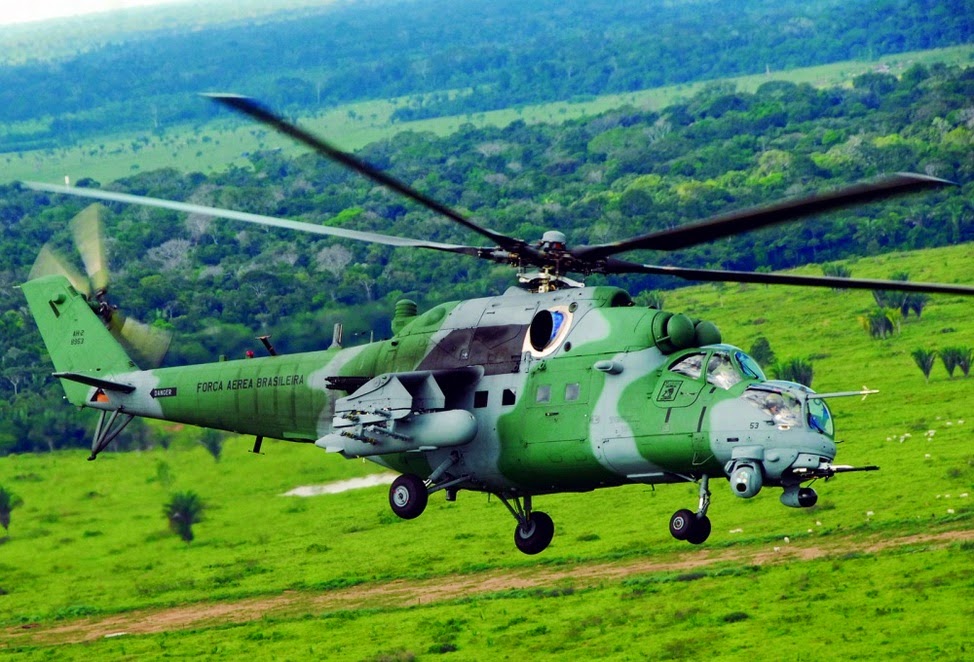As weapons get more sophisticated, researchers are trying to build defence systems that can keep pace, and what’s better than a force field?
Aerospace and defence giant Boeing has been awarded a patent to develop a force field-like system that could protect military vehicles from shockwaves following explosions from missiles or improvised explosive devices.
Boeing’s proposed system involves using a combination of lasers, electricity and microwaves to rapidly heat up the air between the vehicle and a blast. This heat creates a plasma shield that's denser than the surrounding air and able to deflect or absorb the energy from the incoming shockwave.
Unlike the impenetrable force fields of science fiction movies, the system is not designed to prevent direct impacts or shrapnel. Instead, Boeing’s system is designed to protect a target - which could be a vehicle carrying troops, or a building such as a command centre or a hospital - from the after-effects of nearby explosions.
The system, which would likely be mounted on a military vehicle, or some other target, would have sensors that can detect the velocity and shape of an incoming threat. The system would also be able to determine the size and force of the resulting explosion.
Its sensors and computers would be able to calculate the time it would take the shock wave from an explosion to reach the target, and from what direction. This is important, as the generated force field would only protect a small region of the target, rather than enveloping the entire thing.
Once it has determined the timing of the shock wave, the system’s objective is to somehow heat the air around the target, generating what Boeing terms a “transient medium” that intercepts the shock wave and reduces the energy density.
As Evan Ackerman from IEEE Spectrum explains:
"The general concept is to use an electromagnetic arc to create this intermediate medium in mid-air on very short notice by using a stupendous amount of energy to heat the air into a plasma.“
The plasma, which is much hotter than the surrounding air, also has a different density and composition. Boeing believes this plasma field is enough to divert, reflect or absorb the energy passing through.
In its application, Boeing outlines several different embodiments of the systems, with different methods for detecting threats, and for rapidly creating the plasma field.
One option uses converging lasers or microwave beams to generate a spherical region of plasma. Alternatively, the force field could be generated by firing lasers that induce plasma channels in the air, which provide a path for an electric discharge to create the plasma shield. These same pathways could be created by launching metal pellets that leave conductive trails as they fly.
However they decide to make it work, it's a pretty cool idea. We'll be waiting for the first the prototype, which may or may not be able to defend against shock waves from this crazy new weapon.


































